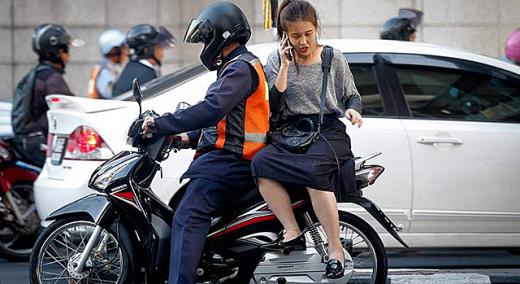
Competition among ride-sharing companies is intensifying in Southeast Asia, a region where the growth of smartphone use is among the fastest in the world, and the number of smartphone owners could exceed 400 million by 2020.
|
ADVERTISEMENT |
Since Uber, the first car-hailing app, began disrupting taxi and transport services around the world, Southeast Asian rivals such as Grab and Go-Jek have risen to compete with it. In March 2018, Uber announced that it was selling its Southeast Asia business to Grab. On the surface it looked like Grab won and Uber lost, and that a fierce rivalry would emerge between Grab and Go-Jek, Indonesia’s first unicorn.
My new case study, “Grab vs. Uber vs. Go-Jek,” delves deeper into this story. In their pursuit of profit and market share, these digital companies have adopted different strategies illustrating the emergent methods of international platform expansion, a topic that researchers haven’t fully explored yet. Below I detail these strategies and their implications.
…
Add new comment